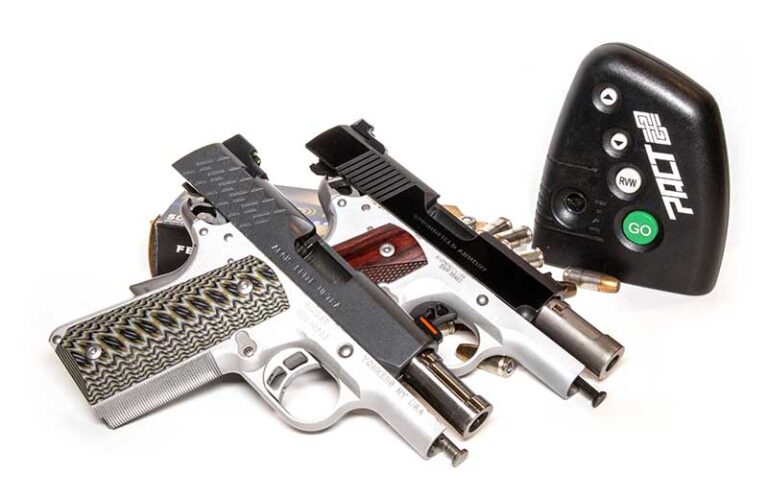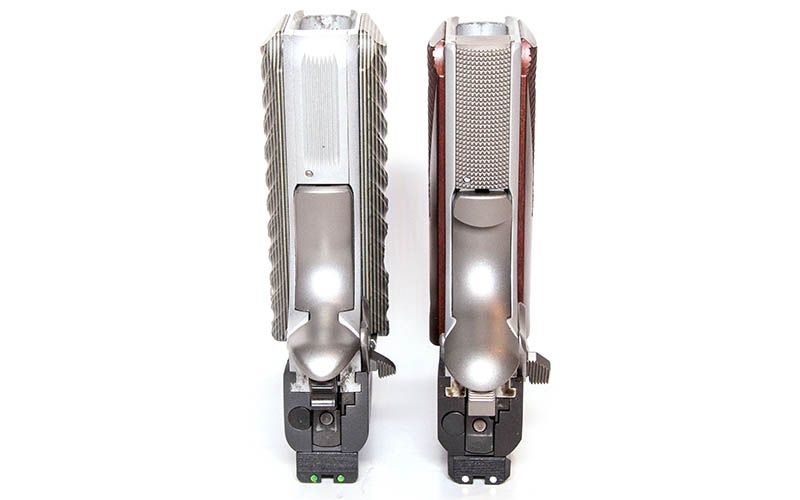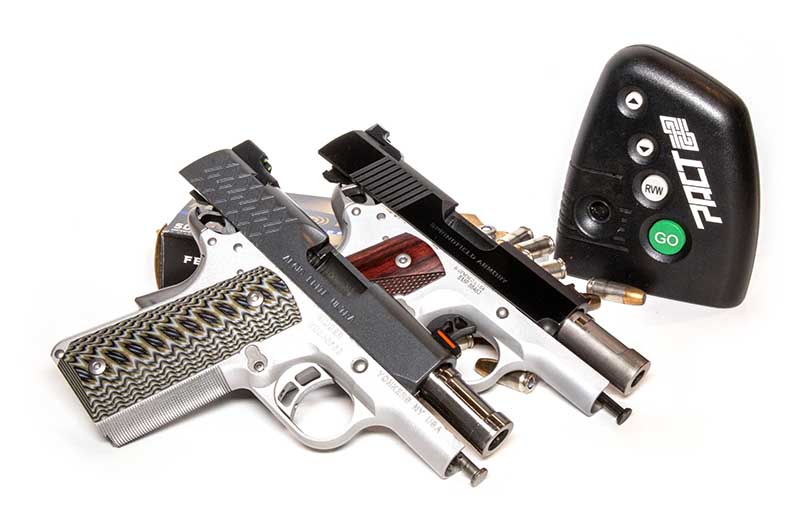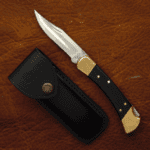
Comparing the Kimber Aegis Elite Ultra with the Springfield Armory Ronin to determine the superior 3-inch 1911.
The 1911 pistol has been popular for over a century, with a timeless design. However, its standard 5-inch barrel makes it quite large and heavy, not ideal for concealed carry. The author explores the modern, compact 3-inch 1911 pistols from Kimber and Springfield Armory to test their reliability and shooting performance compared to full-size 1911s.
Two 3-inch barreled 1911s were tested, one from Kimber and two from Springfield Armory: one with a 3-inch barrel and one with a 5-inch barrel. All three were chambered for the 9mm Luger.

Performance in Fast Action Shooting
The first shooting test conducted was a modified version of the El Prez Drill, designed to determine the pistols’ control and reliability. The author compared the shooting performance and controllability of the 3-inch pistols to a 5-inch 1911.
The Kimber Aegis Ultra outperformed the 3-inch Springfield Armory Ronin in the shooting drill, delivering faster average times. The 3-inch 1911s were found to be about 10 percent slower than a 5-inch 1911 when conducting multi-shot/multi-target drills at a distance of 10 yards.
Precision Shooting Comparison
The second shooting test was a reduced version of the distance Step Back Drill, showcasing the precision and accuracy of the 3-inch 1911s compared to the full-size 1911. It was found that the 5-inch Ronin performed better in this drill due to its longer sight radius and less recoil.

Advantages and Disadvantages
The more compact and lighter 3-inch 1911s are easier to carry, a crucial factor in daily use. Both the Kimber and the Springfield Ronin performed well during testing, with no reliability issues experienced.
Overall, while the larger 1911s offer better shooting performance, the compact 3-inch 1911s may have an advantage in terms of ease of carry. It’s up to individual preferences and priorities when choosing between them.

…









